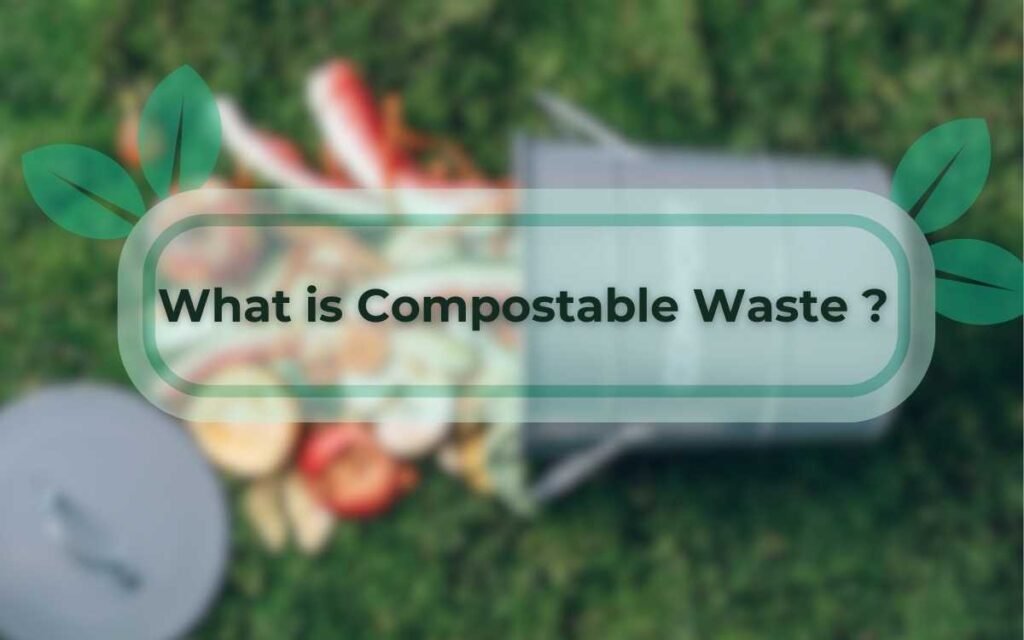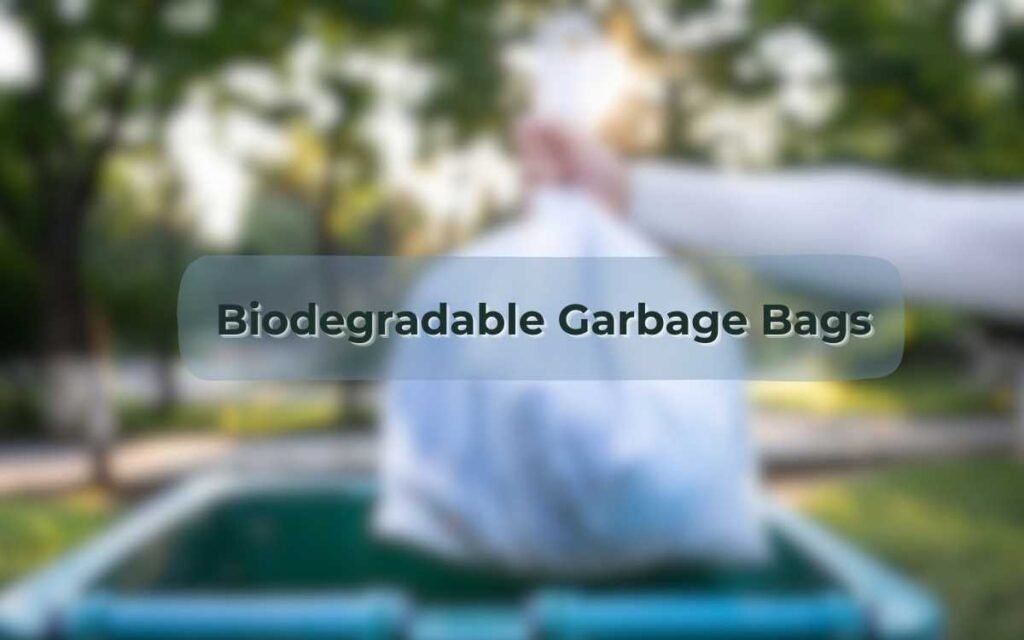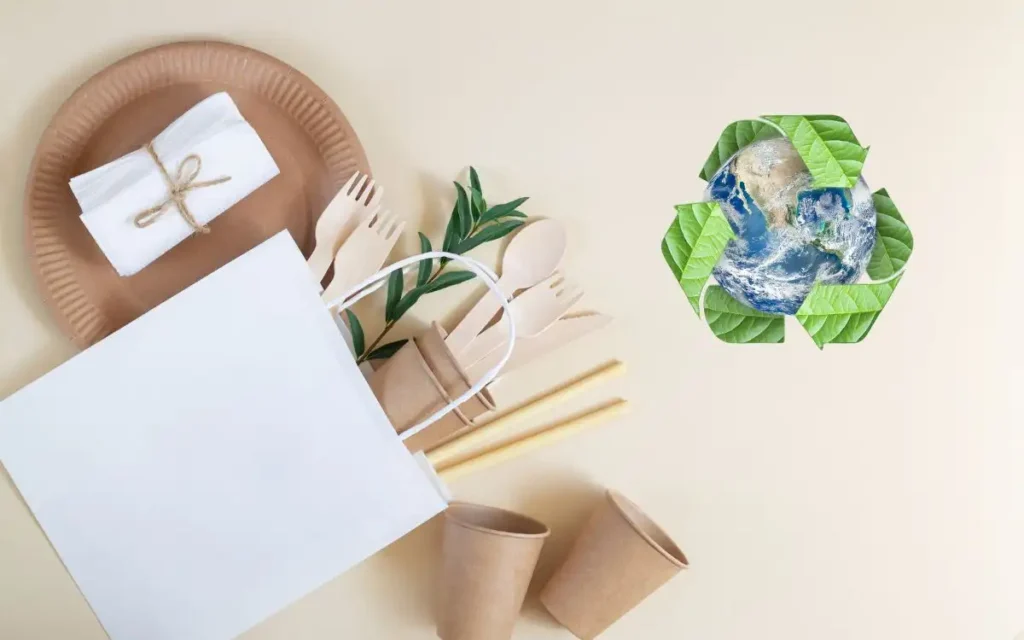
- Introduction
- What Is Biodegradation?
- Is Paper Biodegradable?
- Biodegradable Paper Types
- Biodegradable Paper Manufacturing Process
- How Much Time Take to Biodegradation of Paper
- Biodegrade vs Recycle
- Is Paper Affects to Environment? how?
- Case studies of businesses implementing biodegradable paper solutions
- Bottom Line
Introduction
When we try to live sustainably, it’s important to know how everyday things affect the environment. Paper is one of these things. Do you ever think about whether paper, something we use a lot, is good for the Earth?
Every year, the whole world makes a massive 300 million tons of paper. The U.S. Environmental Protection Agency says that we often use it in schools or offices, like copier paper, computer printouts, and notepads, is the biggest part of what we use and throw away, filling up landfills. But there is no need to worry, because most of this paper decomposes. Today we will discuss about it in detail.
In this article we will look at what biodegradation is and how it happens, we will also look at the types of biodegradable paper and more.
Let’s learn more about how it goes back to nature.
What Is Biodegradation?

Biodegradation is a natural process involving organic substances like plants, food, or plastics breaking down. This breakdown happens because of tiny living organisms such as bacteria, fungi, and enzymes. These microscopic helpers play a crucial role in biodegradation.
Consider throwing a banana peel into your garden. Thanks to these small life forms, the banana peel will gradually disappear over time. It’s not magic; it’s the process of biodegradation in action!
Now, when we talk about the breakdown process, it occurs in three steps. First, biodeterioration weakens the object’s structure. Next, biofragmentation takes place, breaking down materials with the help of microorganisms. Finally, assimilation occurs, incorporating the old material into new cells.
Is Paper Biodegradable?
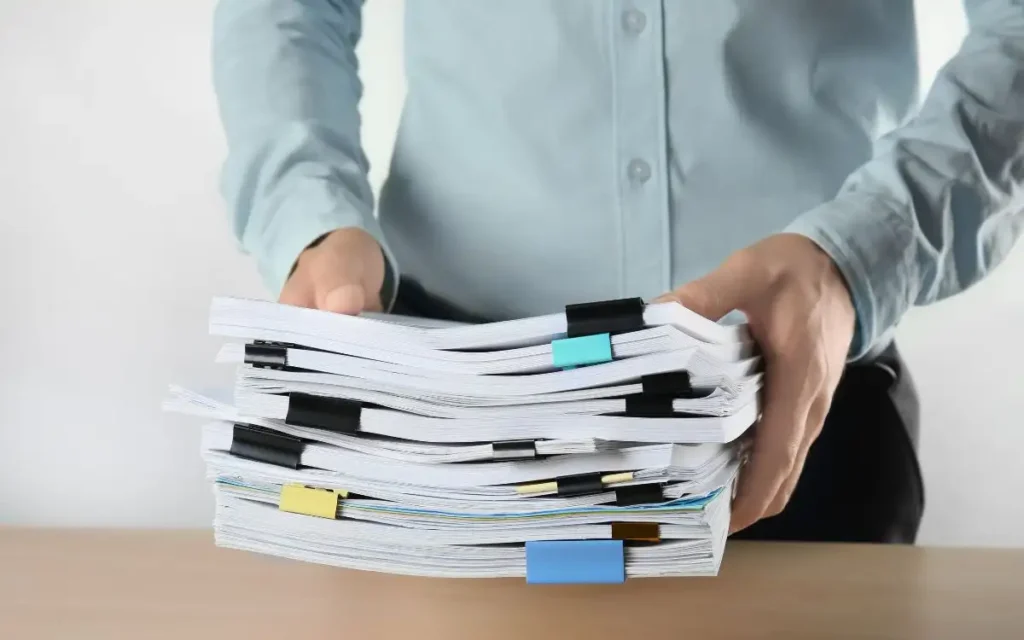
Yes, paper is biodegradable. Let’s dive into how this works.
When we say paper is biodegradable, we mean that it can naturally break down and return to the environment without causing harm. This is great news for the environment because it means that paper doesn’t stick around for centuries like some other materials.
So, how does it manage to be so eco-friendly? Well, the secret lies in its composition. It is typically made from plant fibers, most commonly wood pulp. These fibers are bound together using natural glue-like substances found in the plant cells. Because it’s made from natural materials, it is designed to be broken down by natural processes.
Let’s see how degradation works:
The Magic Behind Biodegradation: Nature’s Recycling System

1. Biodeterioration
which is like when something starts to weaken. For example, think of how it can get softer or a banana peel becomes mushy over time.
2. Biofragmentation
This is when tiny living things, such as bacteria and fungi, break down the materials into smaller pieces. Picture breaking a cookie into crumbs – that’s a bit like what happens.
3. Assimilation
Where these tiny living things use the broken-down material to make new cells. It’s like those cookie crumbs being used to build something new.
So, in simple terms, first, the object weakens, then it breaks into smaller pieces, and finally, these pieces are used to create something new. That’s the three-stage process of biodegradation!
Biodegradable Paper Types
Biodegradable paper comes in various forms, each offering eco-friendly benefits. Let’s explore some common types and their advantages.
1. Recycled Paper: A Sustainable Choice
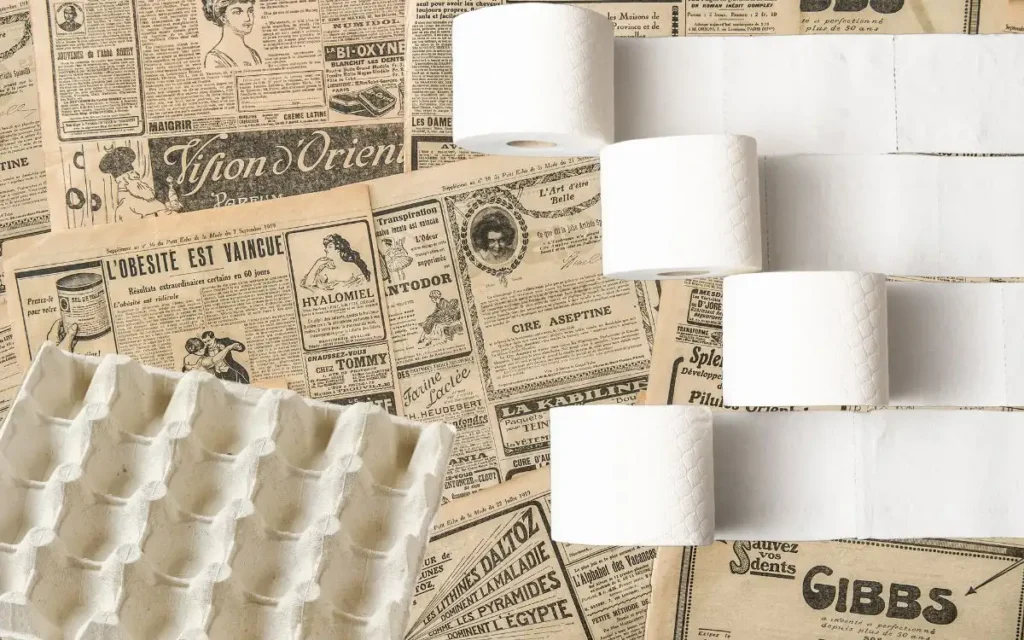
It is made from post-consumer waste, such as old newspapers, tissues, toilet paper, paper towels, printer paper, greeting cards, egg cartons, and grocery bags. The recycling process saves trees and energy, making it an environmentally responsible choice. By using recycled paper products, you’re reducing the demand for virgin pulp, which helps preserve forests.
2. Bagasse Paper: A Sugarcane Surprise

It is crafted from sugarcane waste fibers.
Bagasse is a byproduct of sugar production. It’s easily accessible. It doesn’t need additional farming. This makes it a sustainable alternative to regular paper. It is sturdy, making it ideal for packaging and boxing, printing, photocopier paper, newsprint various applications. This paper is mainly use by China, Colombia, India, Iran, Thailand, and Argentina.
3. Hemp Paper: Strong and Versatile

It is derived from the hemp plant’s fibers, which grow quickly and abundantly. It is exceptionally durable, ideal for items like notebooks, packaging, cigarette paper, banknotes and technical filter papers. Hemp paper production uses fewer chemicals and less water compared to traditional wood pulp paper.
4. Banana Paper: A Tropical Twist
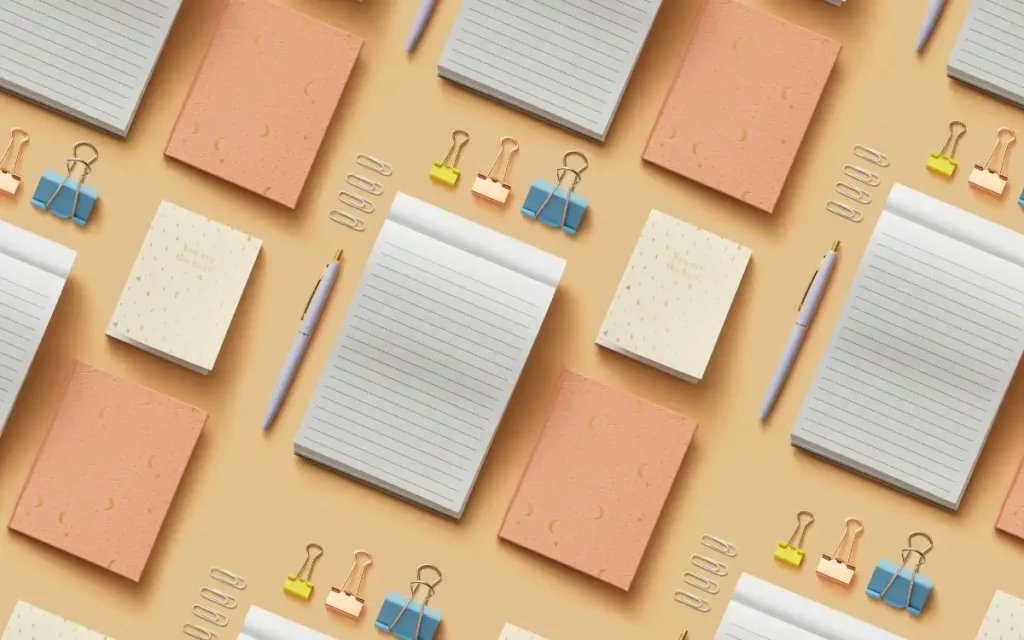
It is made from the stems and leaves of banana plants. This type of paper is not only biodegradable but also a source of income for farmers in banana-growing regions. basically, it is use in various application such as, paper pen, business cards, notebooks, and other stationary items. It’s softer than regular paper and it is also used for artistic creations like drawing and crafting. It is mainly use in Europe, North America, South America.
5. Seed Paper: A Green Surprise
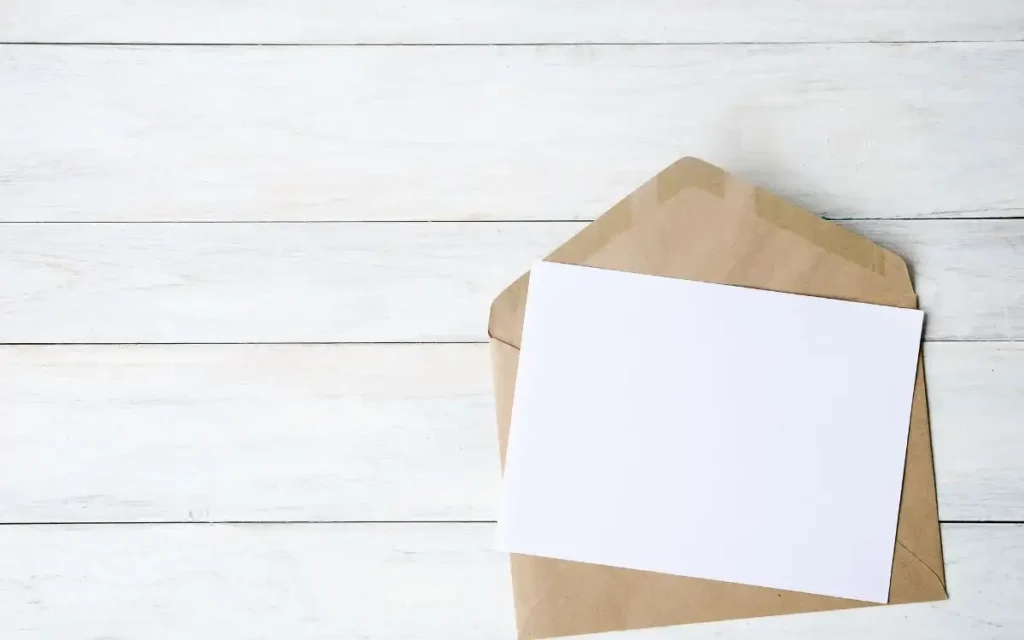
It takes sustainability to the next level. Embedded with plant seeds, it can be planted in soil after use, allowing wildflowers or herbs to grow. It promotes biodiversity and reduces waste. This makes it a perfect choice for greeting cards, wedding invitations, and promotional materials.
Biodegradable Paper Manufacturing Process
Every time you hold a piece of biodegradable paper, you are touching a marvel of sustainable innovation. So, how is this eco-friendly product created? Let’s journey through the captivating steps of the biodegradable paper manufacturing process.
1. Raw Material Collection
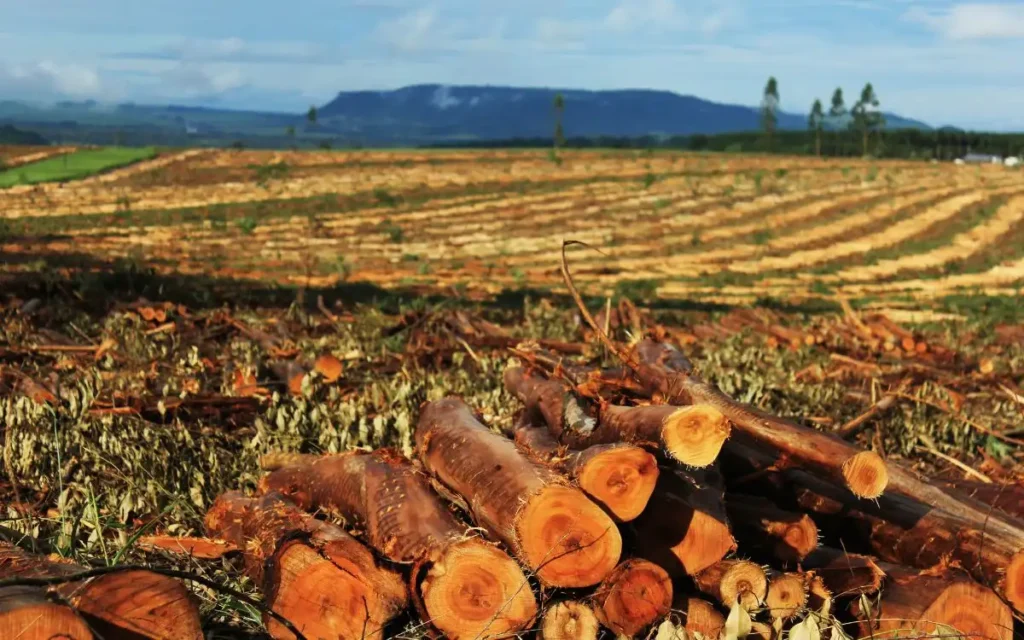
First, we start by collecting natural materials. Instead of using regular wood, makers often get fast-growing plants like hemp, bamboo, or kenaf. These plants grow quickly and need less water and pesticides.
2. Pulping

After gathering the materials, they go through a pulping step. In this phase, the plants are broken into smaller fibers through a process. Either machines or environmentally friendly chemicals are used to separate the fibers from the unwanted parts of the plant. The outcome? A thick mixture called “pulp.”
3. Cleaning and Refining
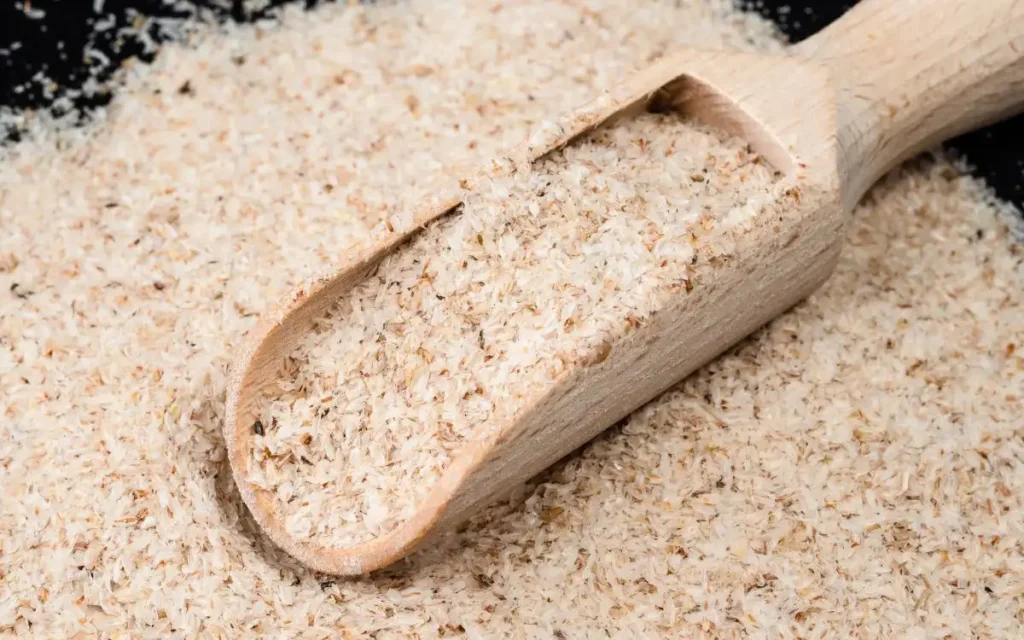
Now, the pulp isn’t ready right away. It goes through a careful cleaning to get rid of any leftover dirt. After that, the clean pulp is refined to make sure it’s all the same. This step makes sure it is smooth and doesn’t have any rough spots or differences.
4. Forming the Sheet

Now that the pulp is ready, we go to the stage where the sheets are made. The refined pulp is spread over a mesh conveyor belt, letting water drain away. As the water goes, the fibers in the pulp start sticking together, slowly making a mat of paper.
5. Pressing and Drying
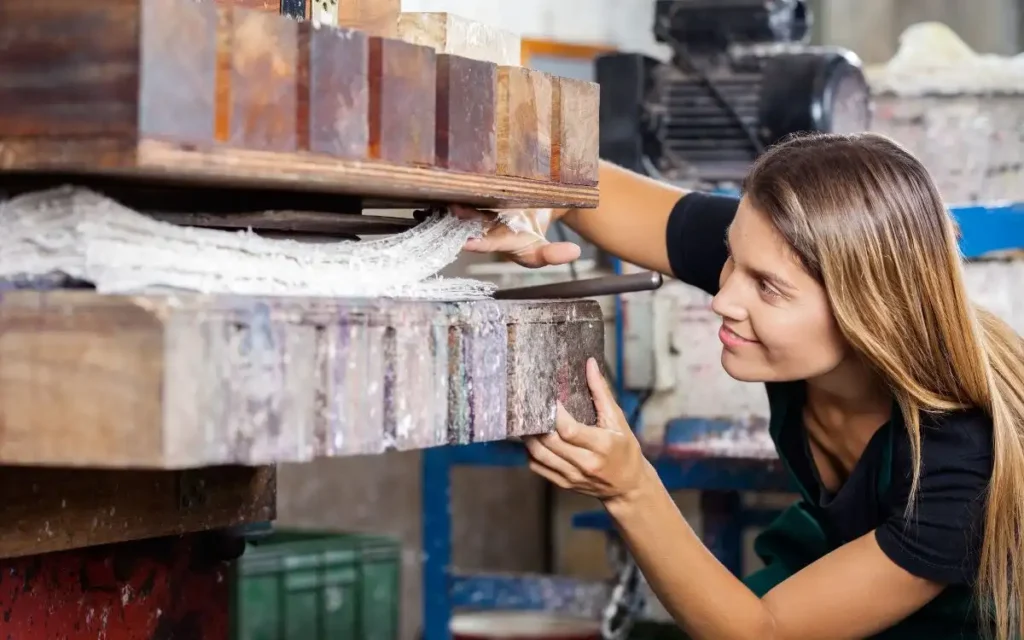
But we don’t want a wet mat. So, the semi-wet paper sheet goes through rollers that squeeze out extra water. After squeezing, the sheets go to big heated cylinders. There, they dry until they have the right amount of moisture.
6. Finishing Touches

Finally, it’s time to make it perfect. The dry paper gets smoothed and sometimes coated for certain uses. Depending on how it’s going to be used, it might be cut, rolled, or treated more to fit its final purpose.
How Much Time Take to Biodegradation of Paper

On average, it takes about 2 to 8 weeks for paper to break down in compost. That’s quite fast compared to some other things.
If we look at different kinds of paper, newspapers take about 2 to 6 weeks, printing paper takes 2 to 6 weeks, toilet paper takes nearly 5 to 6 weeks, magazines take 2 to 8 weeks, and paper bags take around 4 to 6 weeks.
But keep in mind, the time can change based on different things. If there’s moisture, air, and certain microbes around, it might happen faster or slower.
Biodegrade vs Recycle

| Criteria | Biodegrade | Recycle |
| Definition | The natural process where organic substances break down with the help of microbes. | A human-driven process where waste materials are transformed to produce new products. |
| Role of Nature | Nature takes the lead. Organic materials decompose naturally without human intervention. | Requires human effort. Waste is collected, processed, and transformed in specialized facilities. |
| Outcome | Results in basic elements like water, carbon dioxide, methane (in anaerobic conditions), and biomass. | Transforms waste into a new or similar product, conserving raw materials and energy. |
| Limitations | Results in basic elements like water, carbon dioxide, methane (in anaerobic conditions), and biomass. | Transforms waste into a new or similar product, conserving raw materials and energy. |
| Limitations | Not all materials are biodegradable. Some might not degrade at all or might take centuries. | Some materials can only be recycled a limited number of times. Contamination can pose challenges to recycling. |
| Environmental Impact | Reduces landfill waste, as organic materials return to the ecosystem. | Reduces the need for new raw materials and energy, contributing to conservation and reduced landfill dependence. |
| Scope | Typically limited to organic materials like food waste, paper, and natural fibers. | Encompasses a wide range of materials, including plastics, metals, glass, and paper. |
| Economic Impact | Less direct economic value since it’s a natural process but reduces waste management costs in the long run. | Can be economically beneficial due to the resale value of recycled materials and reduced production costs. |
| Time Span | Can vary from weeks (e.g., food scraps) to centuries (e.g., treated wood). | Recycling processes can be almost immediate, depending on the efficiency of the recycling facility. |
Is Paper Affects to Environment? how?

The question often arises: does it affect our environment? The answer is yes. Let’s dive straight into how:
Air releases by paper industry by 2021 is about 20%.
Paper manufacturing companies primarily releases methanol in the air which is near about 66%.
In the process of producing paper, various harmful gases, including ammonia, carbon monoxide, nitrogen oxide, nitrates, mercury, benzene, methanol, volatile organic compounds, and chloroform, are released from factories. These emissions contribute to environmental pollution and pose risks to human health.
Among these gases, nitrogen dioxide (NO), sulfur dioxide (SO), and carbon dioxide (CO2) are particularly problematic as they are known to be major contributors to acid rain. Acid rain, in turn, has detrimental effects on the environment. It directly impacts freshwater ecosystems, harms forests, degrades soil quality, and disrupts the production of crops. The corrosive nature of acid rain can damage aquatic habitats, leading to the decline of fish populations and other aquatic organisms.
Deforestation
Firstly, making paper often means chopping down a lot of trees. Trees are the main ingredient for paper, and when they’re cut down, it reduces the forests. This not only messes up animal homes but also hurts our planet because trees are crucial for taking in carbon dioxide.
Water Consumption
Making paper needs a bunch of water. This can be a problem for local areas where water is already hard to come by.
Energy Usage
Making paper takes a lot of energy. From breaking down the pulp to drying the sheets, factories burn up a bunch of fossil fuels. This adds more carbon to the air, which makes the Earth warmer.
Chemical Pollution
To make paper look nice, factories use chemicals that can be bad for the environment. If these chemicals aren’t handled carefully, they can get into the water and hurt animals and people.
Waste
Even though paper can break down, if we don’t recycle it, it just adds to our pile of garbage. In certain garbage conditions, it lets out methane, a strong gas that makes global warming worse.
Case studies of businesses implementing biodegradable paper solutions
As global consciousness shifts towards sustainability, businesses are stepping up to the plate. Implementing biodegradable paper solutions is one remarkable stride.
Based on research by Future Market Insights, the global market for eco-friendly packaging is expected to be worth $448.2 billion in 2022. It’s predicted to keep growing at a rate of 6.1% from 2022 to 2032. The sales of these environmentally friendly packages are expected to rise, and the top three countries are likely to make up about 25-30% of the market by the end of 2022.
Let’s explore some pioneering case studies:
1. EcoEnclose’s Packaging Evolution
EcoEnclose is a packaging company. They introduced a groundbreaking change by offering 100% recycled and biodegradable paper solutions. Their mission isn’t just about business. They aim to spearhead the shift towards sustainable packaging. They demonstrate that eco-friendly options can be both beneficial for the environment and economically sound.
According to their official statement – “If we sell it, we stand behind it. If we don’t, it doesn’t meet our rigorous sustainability standards. Our primary purpose is to develop and continuously improve packaging that helps you ship as sustainably as possible. We have an ambitious vision for the future of sustainable packaging, one focused on materials circularity and regenerative materials. We also have a detailed Sustainable Packaging Framework that enables us to make decisions and push our product set forward.” 1
2. Starbucks
In 2020, Starbucks announced that it would be phasing out all plastic straws from its stores by 2022. The company is also working to reduce its use of paper cups by making them more recyclable and compostable.
According to their official statement – “We share our customers’ commitment to the environment. And we believe in the importance of caring for our planet and working with and encouraging others to do the same. As a company that relies on an agricultural product, it makes good business sense. And as people living in the world, it is simply the right thing to do.” 2
3. IKEA
IKEA is renowned for its sustainability efforts. Over the years, they have launched many green initiatives. In 2021, they made a significant announcement. The company revealed a switch to using 100% recycled or recyclable paper. This change applies to all of their packaging. IKEA is also working to develop new biodegradable materials for its products.
According to their official statement – “At IKEA we’re working hard to do our part and we want to help you do yours. We see waste as value. It’s embedded in the IKEA DNA to use resources carefully, to create more from less and to optimise our logistic operations. Because we know that when we produce less waste, we’ll be able to leave a cleaner, healthier planet to the generations to come.” 3
4. Lush Cosmetics
Lush is a cosmetics company that is known for its commitment to sustainability. The company uses a variety of biodegradable materials in its products, including paper, cardboard, and glass. Lush also has a recycling program for its customers.
According to their official statement – “Our passion is to get rid of packaging when designing a product. We use as little packaging in the shops as possible and give you the choice to go completely naked; we mean the products, not yourselves. About half of our products can be taken home with no packaging. We save nearly 6 million plastic bottles globally from selling shampoo bars alone.” 4
5. Puma’s Clever Little Bag
Puma is a well-known sportswear brand. They introduced the “Clever Little Bag” as a product. This bag is a smart replacement for the conventional shoebox. They used less cardboard in this new design. Instead, they incorporated a reusable biodegradable bag. As a result, Puma reduced their water, energy, and diesel usage. This change benefited their entire supply chain.
According to their official statement – “The clever little bag is an iconic brand element upon leaving the store as it replaces the plastic shopping bag, and can also be repurposed for creative reuse. The bag is made of non-woven polyester consisting of polypropylene, and eventually is also recyclable. With our ‘clever little bag’, Puma kicks-off the next pivotal phase of it’s sustainability program.” 5
6. Patagonia
Patagonia is a clothing company that is also committed to sustainability. The company uses recycled materials in many of its products, and it also has a program to help customers recycle their old Patagonia gear.
According to their official statement – “We’re looking to the next generation of potentially recyclable materials. Long-term, we’re also considering more chemical-recycling technologies that might allow us to reuse recycled garments and get us closer to a “circular” manufacturing process.” 6
7. Burt’s Bees
Burt’s Bees is a personal care company. They are known for their commitment to sustainability. They use sustainable materials in their products. This includes materials like paper, bamboo, and cornstarch. Burt’s Bees also has a recycling program for its customers.
According to their official statement – As Roxanne said, “We take from nature, so we must respect and preserve it.” Doing better to safeguard the future just isn’t negotiable. We’ve designed our packaging to be recyclable, powered our facilities with renewable electricity, and promised to keep 1.5 million pounds of plastic out of our oceans—and that’s just the tip of the iceberg. 7
These are just some business examples. They are adopting biodegradable paper solutions. Awareness about the environmental effects of plastic is increasing. Other non-biodegradable materials are also under scrutiny. As this awareness grows, more businesses will likely switch to biodegradable paper.
Bottom Line
So, is paper biodegradable? Yes, it is. However, degradation speed varies. It depends on the paper’s composition. The surrounding environment also plays a role. Understanding these details is crucial. It helps us make better choices for the environment. We can choose untreated paper products. We can also ensure we dispose of paper the right way.
- About EcoEnclose | Eco-Friendly Packaging & Shipping Supplies ↩︎
- Tata Starbucks | Reusable Plastic Cold-Cup Straw Pack: Starbucks Coffee Company ↩︎
- Towards zero waste, for a better tomorrow – IKEA ↩︎
- Our environmental policy | LUSH ↩︎
- Puma Clever Little Bag – Sustainable Packaging | Fuseproject ↩︎
- Recycled Polyester – Patagonia ↩︎
- Burt’s Bees (burtsbees.com) ↩︎




